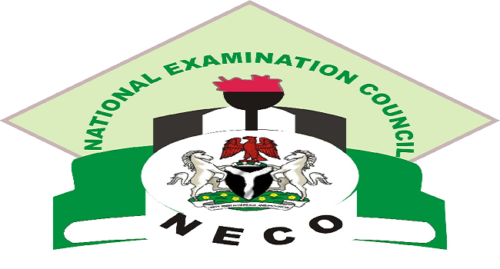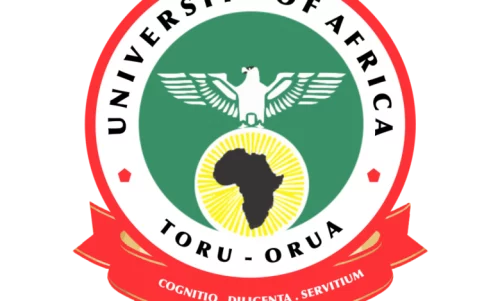Economics Keypoints: Population; This study material is suitable for students sitting for the following exams: JAMB, WAEC, NECO, GCE, IJMB, and JUPEB. Population refers to the total number of individuals, typically living in a specific area or region.
Study other economics keypoints here
It is a fundamental aspect of demography, a field of study that examines the size, structure, distribution, and dynamics of populations. Understanding population dynamics is crucial as it influences various aspects of society, including social, economic, and environmental factors.
a. Meaning and Theories
- Meaning: Population refers to the count of individuals residing in a specific area or region. It can be measured based on various parameters like age, gender, ethnicity, occupation, etc. Population dynamics involve changes in population size, structure, and distribution over time due to factors such as births, deaths, migration, and social changes.
- Theories: Several theories attempt to explain population dynamics:
- Malthusian Theory: Proposed by Thomas Malthus, this theory suggests that population growth tends to outpace the growth of resources, leading to overpopulation crises.
- Demographic Transition Theory: It explains how populations evolve from high birth and death rates to low birth and death rates due to industrialization and development.
- Optimum Population Theory: It suggests an ideal population size that maximizes economic development and human well-being without causing strain on resources.
b. Census: Importance and Problems
- Importance of Census: A census is a systematic process of collecting and recording demographic, social, and economic data of a population. It is crucial for:
- Understanding population size, structure, and distribution.
- Formulating policies and planning services in various sectors like healthcare, education, and infrastructure.
- Allocating resources and representation in governance based on population demographics.
- Problems with Census: Challenges in conducting a census include:
- Undercounting: Some individuals may be missed, leading to an inaccurate population count.
- Overcounting: Double counting certain individuals may inflate the population count.
- Political interference: Census data might be manipulated for political gains, affecting its accuracy.
- Lack of participation: Some groups may be hesitant to participate due to distrust or cultural reasons, leading to incomplete data.
c. Size and Growth: Over-population, Under-population, and Optimum Population
- Over-population: This occurs when the population exceeds the carrying capacity of the environment, leading to strain on resources, environmental degradation, and social issues like poverty and unemployment. For example, regions with extremely high population densities like parts of India and China face challenges due to overpopulation.
- Under-population: Occurs when the population size is insufficient to support the development and growth of a region or country. This can lead to workforce shortages, reduced innovation, and economic stagnation. Some rural areas or countries with declining birth rates face underpopulation issues.
- Optimum Population: The concept suggests an ideal balance between population size and available resources to achieve sustainable development and well-being. Achieving an optimum population involves ensuring adequate resources and opportunities for the population without causing strain on the environment or society.
d. Structure and Distribution
- Population Structure: Refers to the composition of a population in terms of age, gender, education, occupation, etc. For example, a population with a high percentage of young individuals might have different needs and challenges compared to an aging population.
- Population Distribution: Describes how people are spread across different regions or areas. It can be concentrated in urban areas or dispersed across rural regions. Uneven population distribution can impact resource allocation, infrastructure development, and economic opportunities.
e. Population Policy and Economic Development in Nigeria
- Population Policy: Involves government strategies and interventions aimed at managing population growth, improving demographic structure, and promoting socio-economic development. For instance, Nigeria has implemented policies to promote family planning, education, and healthcare to address population challenges.
- Economic Development: Population dynamics significantly impact economic growth. With a large and growing population, Nigeria faces challenges in providing adequate resources and opportunities for its citizens. Effective population policies can contribute to economic development by ensuring a balanced demographic structure, a skilled workforce, and sustainable resource use.
In conclusion, understanding population dynamics is crucial for policymakers, economists, and sociologists to address challenges related to overpopulation, underpopulation, demographic structure, distribution, and the formulation of effective population policies to foster sustainable development.
Examples and case studies from various regions, including Nigeria, provide insights into the complexities and impacts of population dynamics on societal and economic progress.












